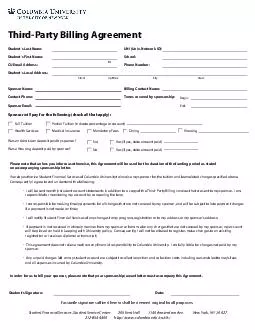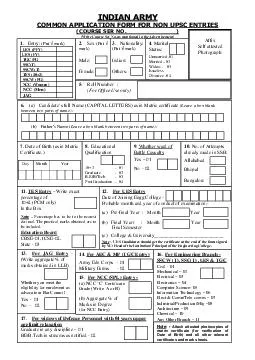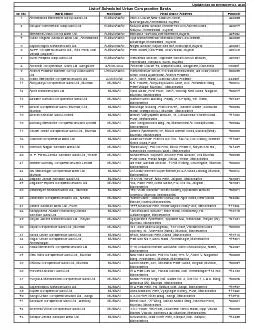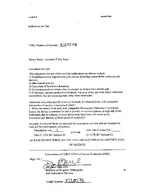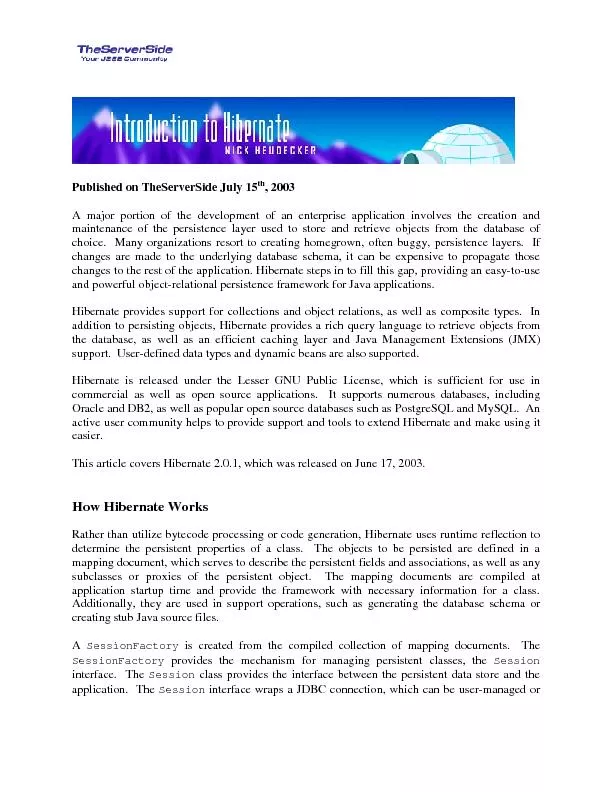PPT-In the name of God Platinium
Author : DiamondsAreForever | Published Date : 2022-08-04
compounds Gathered amp presented byFmalek The Complete Drug Reference Martindale Drugscom Principle amppractice of pediatric Oncology PPizzo Drug Interactions
Presentation Embed Code
Download Presentation
Download Presentation The PPT/PDF document "In the name of God Platinium" is the property of its rightful owner. Permission is granted to download and print the materials on this website for personal, non-commercial use only, and to display it on your personal computer provided you do not modify the materials and that you retain all copyright notices contained in the materials. By downloading content from our website, you accept the terms of this agreement.
In the name of God Platinium: Transcript
Download Rules Of Document
"In the name of God Platinium"The content belongs to its owner. You may download and print it for personal use, without modification, and keep all copyright notices. By downloading, you agree to these terms.
Related Documents




